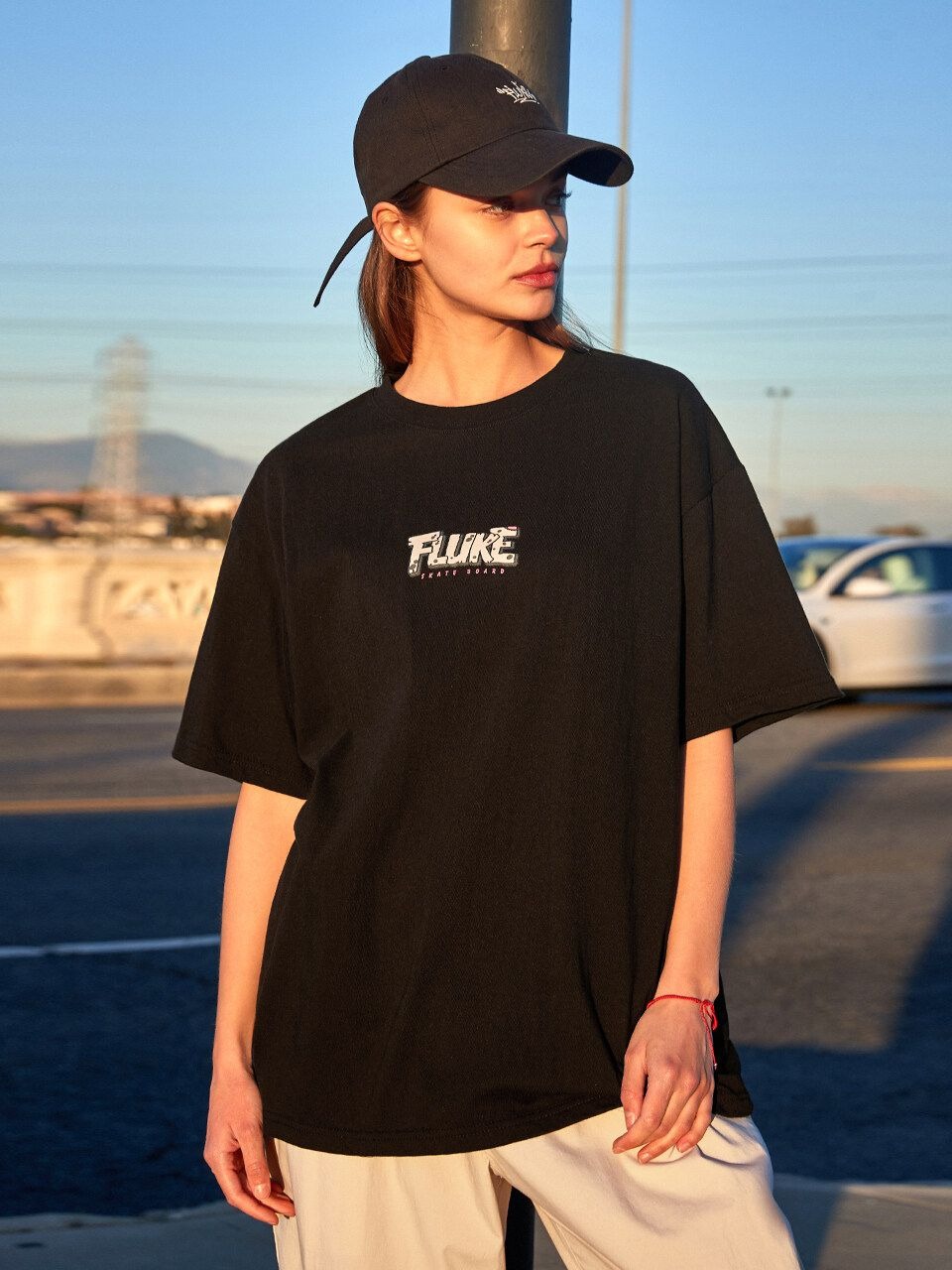Blog
The Everlasting Influence of Fashion in Contemporary Life

Fashion has long ceased to be a mere reflection of seasonal trends or superficial aesthetics. In today’s interconnected and ever-evolving world, fashion stands as a potent medium of communication, cultural identity, economic influence, and personal empowerment. Its impact reaches far beyond the fabric draped over bodies, extending into the spheres of politics, technology, social structure, and global consciousness. Understanding the multidimensional nature of fashion allows us to see it not only as an industry or a creative pursuit but as a dynamic, living phenomenon that shapes and reflects the complexity of modern human experience.
The foundation of fashion lies in its ability to serve as a visual language. Through what we wear, we convey emotions, attitudes, and affiliations without uttering a single word. Fashion is the chosen vehicle for many to express their individuality, their moods, or their stance on a particular issue. This communicative power of clothing has been recognized throughout history. From the intricate ceremonial robes of ancient dynasties to the rebellious streetwear of contemporary youth cultures, garments have always held symbolic significance. In modern times, fashion continues to articulate personal and collective narratives. A tailored blazer may project professionalism and authority, while a graphic T-shirt can broadcast a political message or personal belief. In this sense, fashion functions as a silent yet eloquent dialogue between the self and the world.
Fashion is also deeply intertwined with identity. It is an ever-present component of how people understand themselves and how they wish to be perceived by others. The clothes one chooses are often influenced by gender, age, profession, cultural background, and social class. However, fashion also provides a platform for subversion and transformation. It allows individuals to challenge stereotypes, redefine norms, and explore multiple facets of their identities. In this way, fashion is not static but fluid, accommodating a wide range of self-expressions. The rise of androgynous styles, gender-neutral collections, and body-positive movements exemplify how fashion evolves in tandem with shifting perceptions of identity and inclusivity.
Culturally, fashion acts as both a mirror and a maker of societal values. It reflects the zeitgeist of a particular era while also shaping future tastes and norms. Designers are often inspired by historical events, political climates, or artistic movements, translating these complex influences into wearable art. The interplay between fashion and culture is evident in how certain garments or styles become symbols of a generation or a social cause. For instance, the miniskirt in the 1960s came to symbolize female liberation, while contemporary sustainable fashion movements reflect a growing cultural awareness of environmental responsibility. Fashion does not operate in a vacuum; it absorbs and responds to the currents of global thought and sentiment.
Economically, fashion is a major global industry that fuels innovation, employment, and commerce. From luxury houses in Paris and Milan to garment factories in Southeast Asia, the fashion industry connects diverse geographies and economic systems. It encompasses a vast network of designers, manufacturers, retailers, marketers, and consumers. Fashion weeks, trade shows, and retail platforms contribute to the global exchange of ideas and capital. Moreover, fashion has become increasingly digitized, with e-commerce, virtual fitting rooms, and influencer marketing transforming how clothes are sold and perceived. The rise of fast fashion has made style more accessible than ever, albeit with complex implications for sustainability and labor practices. This commercial aspect of fashion illustrates its dual role as both an artistic endeavor and a powerful economic engine.
Technology has played a revolutionary role in fashion’s recent evolution. Innovations in materials, production techniques, and digital platforms have expanded the possibilities of what fashion can be. Smart fabrics that respond to temperature, 3D-printed garments, and augmented reality showrooms are just a few examples of how fashion intersects with cutting-edge technology. Social media, particularly platforms like Instagram and TikTok, has also reshaped the fashion landscape. Trends emerge and spread with unprecedented speed, and consumers are no longer passive recipients but active participants in trendsetting and brand storytelling. The digitalization of fashion democratizes access to style inspiration and blurs the boundaries between designer and consumer, creator and audience.
However, this rapid transformation comes with its own set of challenges. The environmental impact of the fashion industry is a growing concern. From water pollution to textile waste, the ecological footprint of mass-produced clothing has prompted calls for reform. Many brands are now prioritizing sustainability by adopting eco-friendly materials, ethical labor practices, and circular economy models. Consumers, too, are becoming more conscious of their shopping habits, seeking quality over quantity and embracing second-hand or upcycled fashion. This shift towards responsible consumption marks a crucial turning point in fashion’s evolution, signaling a deeper awareness of its global implications.
Fashion also serves as a site of political and social engagement. What people wear can be a form of protest or solidarity. Whether through slogan tees, cultural dress worn with pride, or garments that challenge conventional beauty standards, fashion allows individuals and communities to make powerful statements. Designers increasingly use their platforms to address social issues, champion diversity, and support marginalized voices. Runway shows are no longer just spectacles of style but also platforms for commentary and activism. This intersection of fashion and politics underscores its potential to influence hearts and minds, making it not just relevant but revolutionary.
The emotional aspect of fashion should not be overlooked. Clothes carry memories, evoke feelings, and shape experiences. A wedding dress, a favorite pair of jeans, or a uniform can hold profound personal meaning. Fashion can comfort, empower, and transform. It allows people to perform different roles in different contexts, from the professional confidence instilled by a well-tailored suit to the casual freedom of a weekend outfit. This emotional resonance contributes to fashion’s enduring appeal and significance in everyday life.
In educational and artistic contexts, fashion is increasingly recognized as a legitimate and rich field of study. Universities around the world offer programs in fashion design, history, business, and technology. Exhibitions in major museums highlight the craftsmanship, creativity, and cultural significance of clothing. Fashion criticism, journalism, and scholarship contribute to broader conversations about art, identity, and society. This intellectual engagement with fashion challenges the outdated notion that it is frivolous or shallow. On the contrary, fashion invites rigorous exploration and critical reflection, making it a fertile ground for interdisciplinary inquiry.
Fashion’s global reach is perhaps one of its most defining characteristics. Influences travel across continents, and styles often merge in unexpected and beautiful ways. A single outfit might combine elements from East Asian tailoring, African textiles, and Western silhouettes. This globalization of fashion fosters cross-cultural understanding and appreciation, though it also raises questions about appropriation and authenticity. Navigating this balance between inspiration and respect is essential in a world where cultural exchange is both inevitable and invaluable. Ultimately, fashion’s ability to transcend borders while honoring heritage speaks to its unique position as a universal yet deeply personal form of expression.
In conclusion, fashion is far more than a fleeting trend or a commercial enterprise. It is a powerful, multifaceted force that engages with identity, culture, economy, technology, and emotion. It challenges, reflects, and shapes the world we live in. As fashion continues to evolve in response to global developments and human creativity, it remains an indispensable part of modern life. Whether seen on the runway or the sidewalk, in a historical archive or a digital feed, fashion tells stories that words cannot fully capture. It is a visual symphony of who we are, who we aspire to be, and how we navigate the complexities of our world

